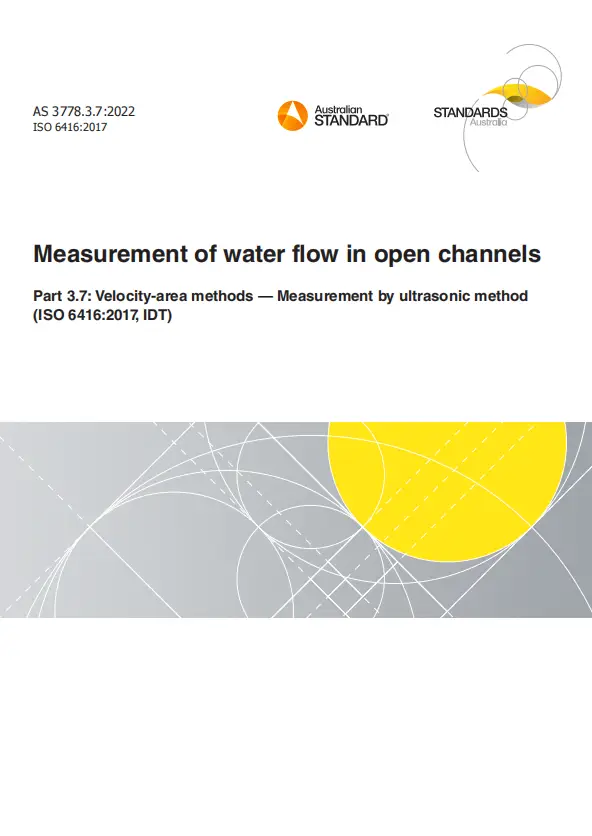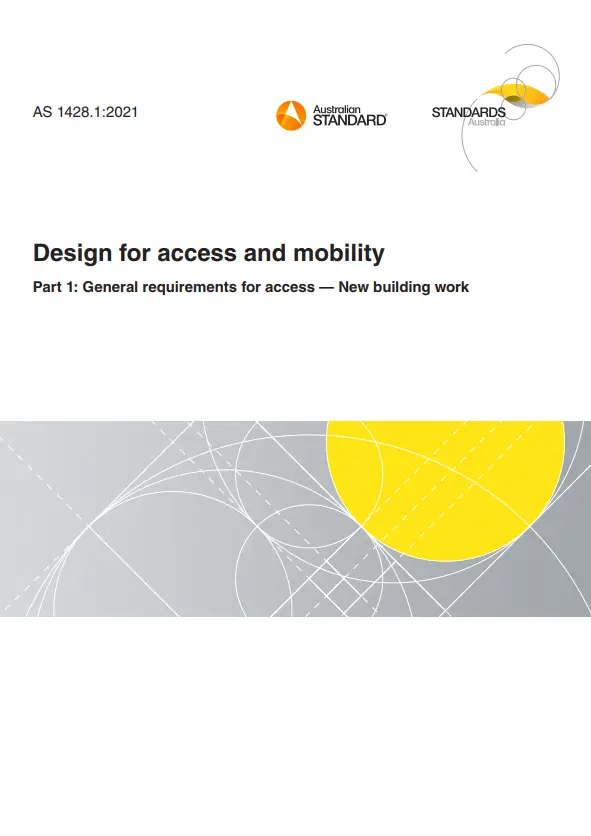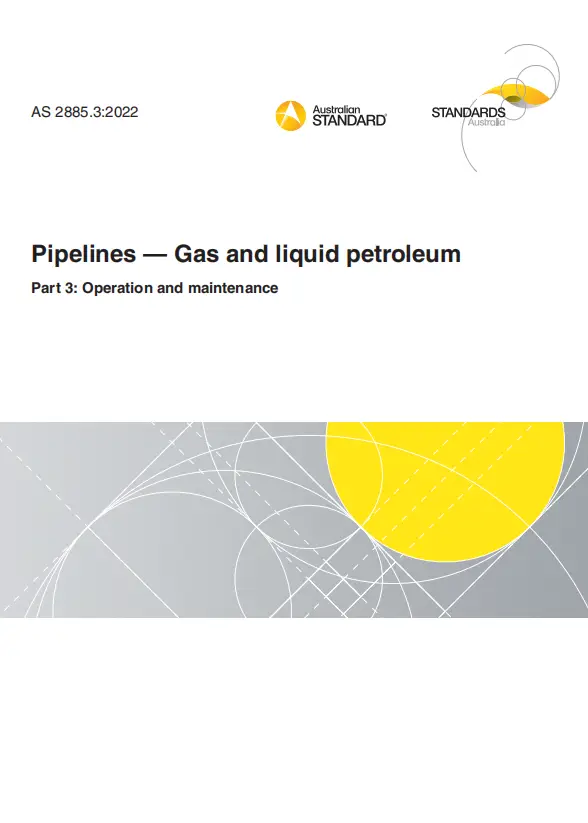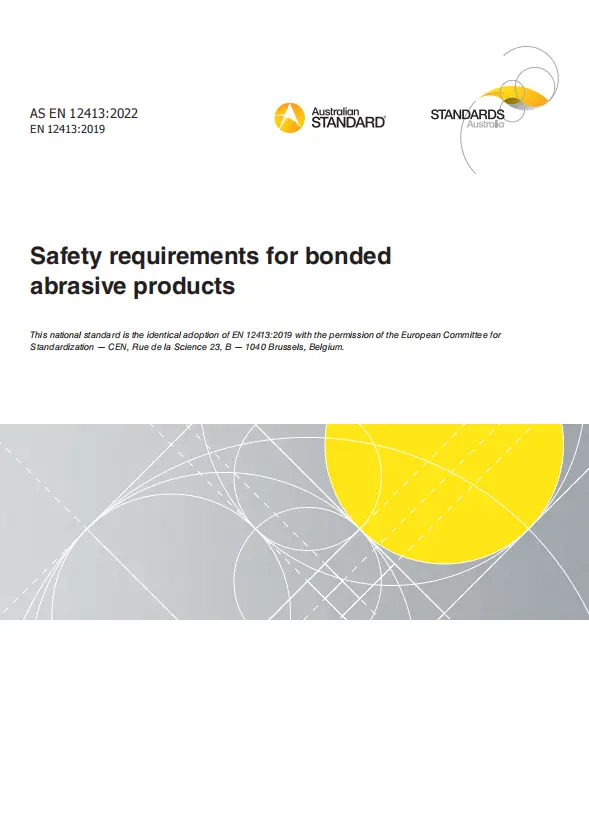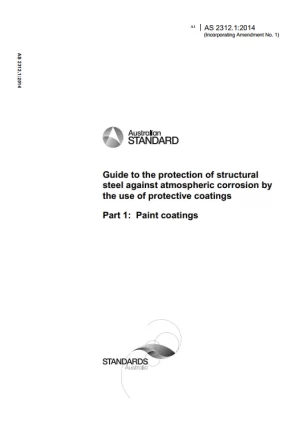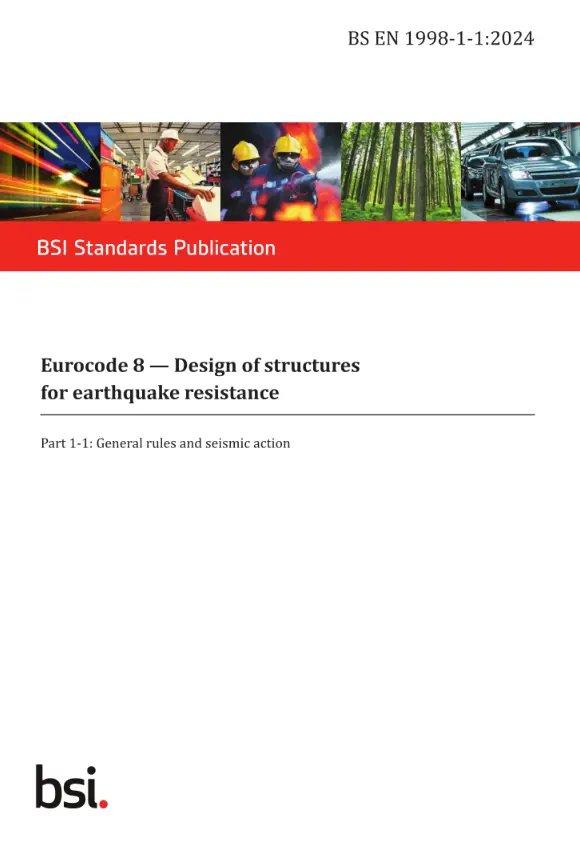AS 3778.3.7, 1st, 2022 – Measurement of water flow in open channels, Part 3.7: Velocity-area methods – Measurement by ultrasonic method (ISO 6416:2017, IDT)
AS 3778.3.7 was prepared by the Standards Australia Committee CE-024, Measurement of water flow in open channels and closed conduits, to supersede AS 3778.3.7 — 2007, Measurement of water flow in open channels, Part 3.7: Velocity-area methods – Measurement by ultrasonic (acoustic) method.
The objective of this document is to specify the requirements for the establishment and operation of an ultrasonic (transit-time) gauging station for the continuous measurement of discharge in a river, an open channel or a closed conduit. It also specifies the basic principles on which the method is based, the operation and performance of associated instrumentation and procedures for commissioning. It is limited to the “transit time of ultrasonic pulses” technique, and is not applicable to systems that make use of the “Doppler shift” or “correlation” or “level-to-flow” techniques.
This document is not applicable to measurement in rivers with ice.
NOTE This document focuses on open channel flow measurement. IEC 60041 covers the use of the technique for full pipe flow measurement.
This document is identical with, and has been reproduced from, ISO 6416:2017, Hydrometry — Measurement of discharge by the ultrasonic transit time (time of flight) method. As this document has been reproduced from an International document, a full point substitutes for a comma when referring to a decimal marker.
Australian or Australian/New Zealand Standards that are identical adoptions of international normative references may be used interchangeably. Refer to the online catalogue for information on specific Standards.
The terms “normative” and “informative” are used in Standards to define the application of the appendices or annexes to which they apply. A “normative” appendix or annex is an integral part of a Standard, whereas an “informative” appendix or annex is only for information and guidance.
General Product Information:
| Committee |
CE-024 |
| Purchase Note |
All current amendments available at time of purchase are included with the purchase of this document |
| Document Type |
PDF |
| ISBN |
978 1 76113 818 8 |
| Pages |
58 |
| Document Language |
English |
| Publisher |
Standards Australia |
| Status |
Current |
Preview
Table of cotents
1 Scope
2 Normative references
3 Terms and definitions
4 Applications
4.1 Types of applications
4.2 Attributes and limitations
5 Method of measurement
5.1 Discharge
5.1.1
5.2 Calculation of discharge from the transit-time measurement
5.2.1
5.2.2
6 Flow velocity determination by the ultrasonic (transit time) method
6.1 Principle
6.1.1
6.1.2
6.1.3
6.1.4
6.1.5
6.2 Sound propagation in water
6.2.1 General
6.2.2 Speed of sound in water
6.2.3 Propagation losses
6.2.3.1 Transmission of sound in water
6.2.3.1.1
6.2.3.1.2
6.2.3.1.3
6.2.3.2 Reverberation
6.2.3.3 Refraction
6.2.3.4 Reflection
6.2.4 Signal path bending
6.2.4.1
6.2.4.2
6.2.5 Reflection
6.2.5.1
6.2.5.2
7 Gauge configuration
7.1 General
7.1.1
7.1.2
7.2 Single-path systems
7.2.1
7.2.2
7.2.3
7.3 Multi-path systems
7.3.1
7.3.2
7.3.3
7.3.4
7.4 Crossed-path systems
7.4.1
7.4.2
7.4.3
7.4.4
7.4.5
7.4.6
7.4.7
7.4.8
7.4.9
7.5 Reflected-path systems
7.5.1
7.5.2
7.5.3
7.5.4
7.5.5
7.6 Systems using transponders
7.6.1
7.6.2
7.6.3
7.6.4
7.6.5
7.7 Wireless systems (if a cable crossing is not possible)
7.8 Systems using divided cross-sections
7.9 Sloping paths
8 Determination of discharge
8.1 Single-path systems
8.1.1
8.1.2
8.1.3
8.1.4
8.1.5
8.1.6
8.1.7
8.2 Multi-path systems
8.2.1 General
8.2.1.1
8.2.1.2
8.2.1.3
8.2.1.4
8.2.1.5
8.2.1.6
8.2.1.7
8.2.2 Mid-section method
8.2.2.1
8.2.2.2
8.2.2.3
8.2.2.4
8.2.2.5
8.2.3 Mean-section method
8.2.3.1
8.2.3.2
8.3 Systems with transducers in the channel
9 System verification and calibration
9.1
9.2
9.3
9.4
10 Site selection
11 Site survey — Before design and construction
11.1 General
11.2 Visual survey
11.3 Survey of the cross-section
11.4 Survey of velocity distribution
11.5 Survey of signal propagation
12 Operational measurement requirements
12.1 General
12.2 Basic components of flow determination
12.3 Water velocity determination
12.4 Determination of water stage or depth
12.5 Determination of mean bed level
12.5.1
12.5.2
12.6 Channel width
13 Gauging station equipment
13.1 General
13.1.1
13.1.2
13.2 Design and construction of equipment
13.2.1 Transducers
13.2.1.1
13.2.1.2
13.2.1.3
13.2.1.4
13.2.2 Transducer cables
13.3 Reflectors
13.3.1
13.3.2
13.3.3
13.3.4
13.3.5
13.3.6
13.3.7
13.4 Civil engineering works
13.5 Signal timing and processing
13.5.1 General
13.5.2 Signal-to-noise ratio
13.5.2.1 Electromagnetic interference
13.5.2.2 Electronic filtering
13.5.3 Signal maintenance (gain control)
13.5.4 Signal detection
13.5.4.1 General
13.5.4.2 Time gating
13.5.4.3 Shape analysis
13.5.5 Post-detection filtering
13.6 System self-checking
13.7 Site-specific data (or site parameters)
13.8 Clock and calendar
13.9 System performance criteria
13.9.1 General
13.9.2 Operating environment
13.9.3 Water environment
13.9.4 Mechanical environment
13.9.5 Extreme environmental conditions
13.9.6 Power source
13.9.7 Measurement uncertainty
13.10 System output
13.10.1 Local display
13.10.2 Local record
13.10.3 Remote record
13.10.4 Diagnostic information
13.11 Installation
13.12 Commissioning
13.12.1
13.12.2
13.13 Operating manual
13.14 Maintenance
13.14.1
13.14.2
13.14.3
13.14.4
13.14.5
13.14.6
14 Measurement uncertainties
14.1 General
14.2 Definition of uncertainty
14.3 Uncertainty in discharge
14.3.1 Uncertainty equation
14.3.2 Effective number of paths
14.3.3 Uncertainty in the line velocity, Ulv
14.3.4 Uncertainty in the channel width estimation, Uw
14.3.5 Examples of uncertainty estimation
14.3.5.1 Example 1
14.3.5.2 Example 2
14.3.6 Uncertainty estimate at low flow
14.3.7 Uncertainty estimate at high flow
Annex A
A.1 General
A.2 Confidence limits and coverage factors
A.3 Random and systematic error
A.4 Measurement standards
A.5 Evaluation of Type-A uncertainty
A.6 Evaluation of Type-B uncertainty
A.6.1 General
A.6.2 Triangular distribution
A.6.3 Rectangular distribution
A.6.4 Normal probability distribution
A.6.5 Bimodal probability distribution
A.7 Combined uncertainty value, uc
Annex B
Bibliography

